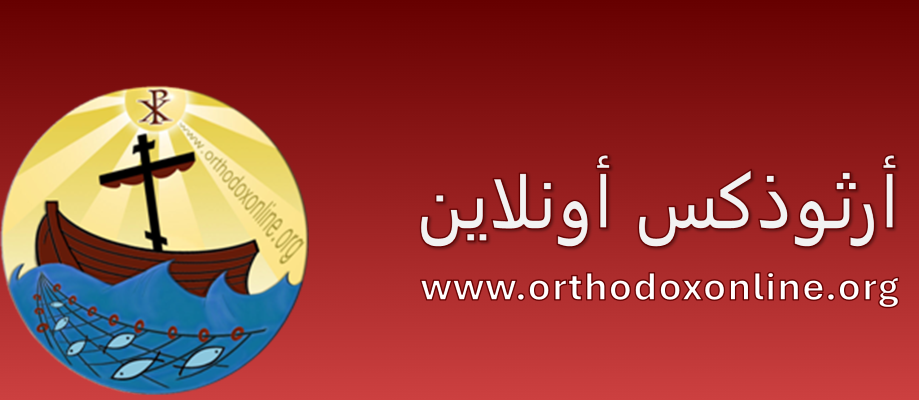It is not unusual for an important person to have a lineage, especially if that person is Middle Eastern like Christ. Lineages have different goals, and therefore the presentation and wording of each lineage varies depending on the purpose it aims to achieve. Pedigree is rarely biologically accurate. But this fact does not detract from the value of the genealogy or make it inaccurate, because the intention of writing it down was not biological in origin. Therefore, the writer may omit some ancestors because mentioning them does not serve the purpose of writing down this dynasty.
The Evangelist Matthew (1:1-17) and the Evangelist Luke (3:23-38) recorded two genealogies of Christ. Comparing them shows why each lineage differed from the other and why each evangelist wrote it down in his own way. Matthew's list goes down from Abraham to Jesus, and uses a specific formula: “A was the father of (begot) B, B was the father of (begot) T,” and so on. While Luke's list ascends from Jesus through Adam to God and uses the formula: “A ben B, (B) ben T.” Matthew's method is closer to the Old Testament regulations. Since Luke includes the period preceding the Patriarchs (before Abraham), his list is longer than Matthew’s list, as it contains 77 names compared to 41 names according to Matthew. The period before ownership in the two lineages is the only period in which the two lineages largely agree.
There are two genealogies of the Lord Jesus because each genealogy was written with a specific purpose that was slightly different from the second. The genealogy in Matthew may represent a popular tradition of royal Davidic descent, with the names of Joseph and Jesus added to them, while the genealogy in Luke may be a list of the descent of Joseph's ancestral family. Matthew's main concern was to show that Jesus of Nazareth was the son of Abraham, the son of David in whom the Old Testament prophecies were fulfilled. While Luke's main concern was to show that Jesus was the son of Adam, the son of God. Matthew's Jewish readers will understand this emphasis in Matthew, and Luke's Gentile (non-Jewish) readers will accept and understand Luke's assertion, especially since Luke (6) He placed the lineage between Jesus' baptism and his temptations (7).
There is more than one purpose for which the genealogy of the Lord Jesus was written. It can be summarized in two main goals:
1. Jesus of Nazareth is the son of Abraham, the son of David, who fulfilled the prophecies of the Old Testament (Matthew), and therefore he is the awaited Messiah. “Jehovah the Savior,” whom the Jews longed for for so long. He is also the son of Adam, the son of God (Luke), coming into the world to save all who believe in his name, both Jews and Gentiles.
2. The genealogy contains a summary of the entire mystery of divine management. God is embodied in the depth of human history, in the depth of its shame and weaknesses. Moved by divine love for man, he is not ashamed to accept sinners as his ancestors, in order to make everyone his children. God, to whom be glory, did not suddenly appear on the first pages of the New Testament, in Bethlehem. Jesus of Nazareth himself was present and existing from eternity because he is the being and the life and he is the source of being and life. This divine incarnation was decreed from eternity in the divine plan for man's salvation, and it did not happen suddenly. God has betrothed to Himself the same human nature that played the role of a prostitute (Chrysostom’s sermons on the Gospel of Matthew 3:5), and sanctified it from every sin and defect so that it would become a chaste, virginal bride for Christ. Thus, Jesus of Nazareth comes into the depths of history, a son of David who fulfills the Messianic prophecies, and a son of Abraham through whom all the peoples of the earth will be blessed. However, he is also the Son of God, who in the fullness of time became the Son of Adam, the Son of Man, in order to sanctify man, restore to him the glory of the divine image that was lost in him, and restore him as a Son of God, a created God, created by grace. (8).
About the book: You asked me and I answered you
Dr.. Adnan Trabelsi
S 38 & 39
(6) After more than 19 centuries, interpretation seems relatively difficult. But for the contemporaries of Matthew and Luke, the matter was natural and understandable, otherwise they would have objected to it. We know from the New Testament that the Jews belong to tribes. Joseph is the son of David, Elizabeth is from the daughters of Jacob, and Paul is from the tribe of Benjamin. During the registration, each one went to his country, so Joseph and Mary went to Bethlehem (Deacon Aspiro Jabour)
(7) See the study on genealogy (by Dr. Adnan Trabelsi) in the translation of the Commentary on the Gospel of Matthew by Chrysostom, Part One...
(8) See the translation of the commentary on the Gospel of Matthew by Chrysostom, Part One.


